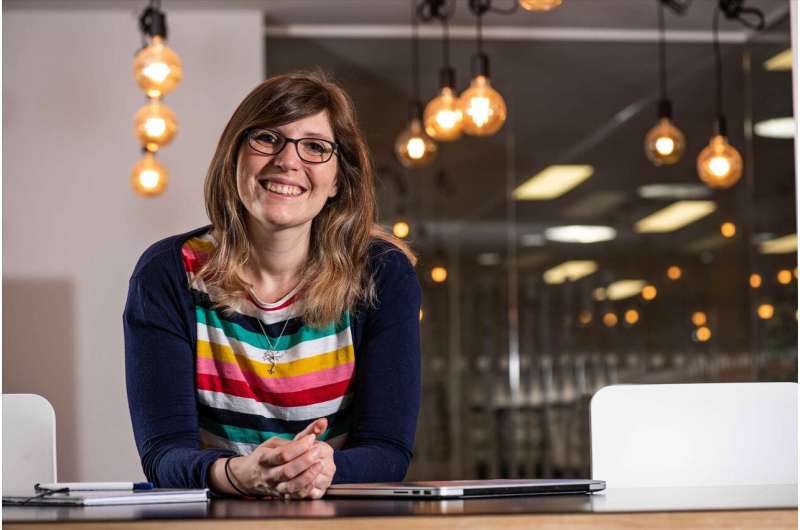Gender differences in autism

Tools used for screening autism may play a part in the failure to detect autism in girls and women, researchers at Bournemouth University have found.
Numbers of people being diagnosed with autism are very unequal—research from 2017 suggests that boys are diagnosed at a rate three times higher than girls. It is now evident that autism presents quite differently and often more subtly in girls and women, with more and more women being diagnosed with autism as adults.
This makes it important to understand why it is so difficult to detect autism in young girls, who are therefore more likely to miss out on support and interventions.
Dr. Rachel Moseley is a senior lecturer in psychology at Bournemouth University. Her work centers on autism spectrum disorders, with a major focus on reasons why autism in women is underdiagnosed.
Findings from a study run by Dr. Moseley and her colleague, Dr. Julie Kirkby, suggest that the tools used for screening autism may play a part in the failure to detect autism in girls and women.
"It is really hard to know why there is such a disparity in diagnosis," explains Dr. Moseley. "It might be that autism does exist more in men, as men are more commonly diagnosed.
"On the other hand it might be that we just don't recognize the symptoms in women. One paper I published looked at the screening tools that doctors use to check for red flags, and all of those instruments were designed through research studies with male participants."
Women tend to be better at hiding their symptoms, something known as camouflaging. The likelihood of picking up 'red flags' in individuals who can mask their symptoms, when the screening measures are based upon surface behavior, is slim and results in much later diagnosis.
"When people have very good cognitive abilities or high intelligence, they often learn to hide their symptoms," says Dr. Moseley, "The diagnostic instruments that we have tend to pick up surface behaviors. When observing autistic people, children or adults, medical professionals are expected to assess what is going on in front of them within the room."
"Autistic women in particular are good at learning to hide their symptoms, as they are sometimes very good at picking up social rules and interactions. It might be costing them a great deal of mental energy to do this but on the surface you can't detect that they are struggling."
The later diagnosis of autism in women relates to two more recent aspects of Dr. Moseley's research into autism; mental health and autism within the aging population. Due to later diagnosis, women often spend a lot longer not understanding why they behave and feel the way they do, resulting in a vulnerability to poor mental health.
"Very few studies are interested in autistic people as they age," says Dr. Moseley. "I am currently carrying out a study into aging in autistic women, because women are a minority group in autism research. The majority of the research is based on men and boys. Autistic women are kind of a double minority as they age, because research into autism also nearly always focuses on children."
Dr. Moseley is also currently working on developing a better understanding of self-injury and suicidality in autistic people. This is a crucial goal given the very high rates of suicide in this population, which seem to be highest in autistic women.
Dr. Moseley's forthcoming research on aging in autistic women has indicated that many struggle with the changes in cognition, mental health and social communication associated with mid-life, and that these can make them feel too overwhelmed to carry on.




















